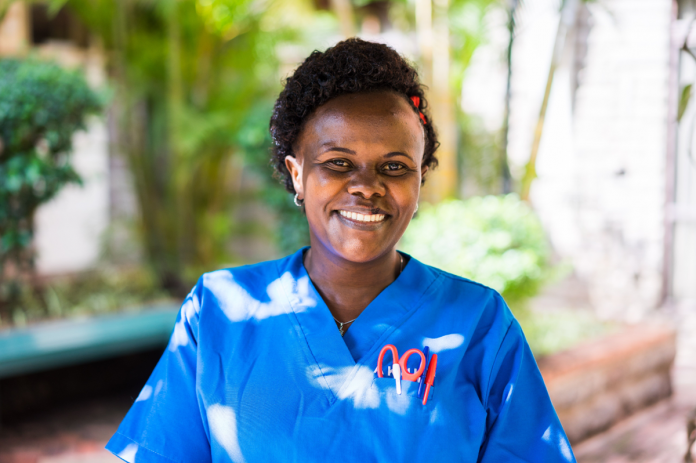GENEVA, Switzerland – The World Health Organization (WHO) released today an updated WHO health workforce support and safeguards list 2023, identifying 55 countries as vulnerable for the availability of health workers required to achieve the UN Sustainable Development Goal target for universal health coverage (UHC) by 2030.
The impact of COVID-19 and widespread disruptions to health services has resulted in a rapid acceleration in the international recruitment of health workers. For countries losing health personnel to international migration, this could negatively impact on health systems and hinder their progress towards achieving UHC and health security.
Of the 55 countries, 37 are in the WHO African region, eight in the Western Pacific region, six in the Eastern Mediterranean region, three in the South-East Asia region and one is in the Americas. Eight countries have been newly added to the WHO health workforce support and safeguards list 2023 since its original publication in 2020.
“Health workers are the backbone of every health system, and yet 55 countries with some of the world’s most fragile health systems do not have enough and many are losing their health workers to international migration,” said Dr Tedros Adhanom Ghebreyesus, WHO director-general.
“WHO is working with these countries to support them to strengthen their health workforce, and we call on all countries to respect the provisions in the WHO health workforce support and safeguards list.” The list should be used to inform advocacy, policy dialogue at all levels and financing efforts in support of health workforce education and employment in these countries.
The countries included in the WHO health workforce support and safeguards list 2023 have a UHC service coverage index below 55 and health workforce density below the global median: 49 medical doctors, nursing and midwifery personnel per 10 000 people. These countries require priority support for health workforce development and health system strengthening, along with additional safeguards that limit active international recruitment.
The WHO health workforce support and safeguard list 2023 does not prohibit international recruitment, but recommends that government-to-government health worker migration agreements:
- Be informed by health labour market analysis and the adoption of measures to ensure adequate supply of health workers in the source countries;
- Engage Ministries of Health in the negotiation and implementation of agreements; and
- Specify the health system benefits of the arrangement to both source and destination countries.
WHO also recommends that these safeguards be extended to all low- and middle-income countries.
Implementation of the WHO Global code of practice on the international recruitment of health personnel (WHO Global Code) can ensure that the international movement of health workers is ethically managed, supports the rights and welfare of migrant health workers and maintains health service delivery objectives.
The 2023 update is informed by the report of the WHO expert advisory group on the relevance and effectiveness of the WHO Global Code. WHO will update the list every three years, with the next update scheduled for publication in 2026.
This issue will be discussed at the upcoming Fifth Global Forum on Human Resources for Health, which will examine the required policy solutions, investments, and multi-sectoral partnerships to address health and care workforce challenges to advance health systems towards the attainment of UHC and health security. The outcomes of the Forum will inform the United Nations General Assembly’s high-level meeting on UHC in September 2023.





